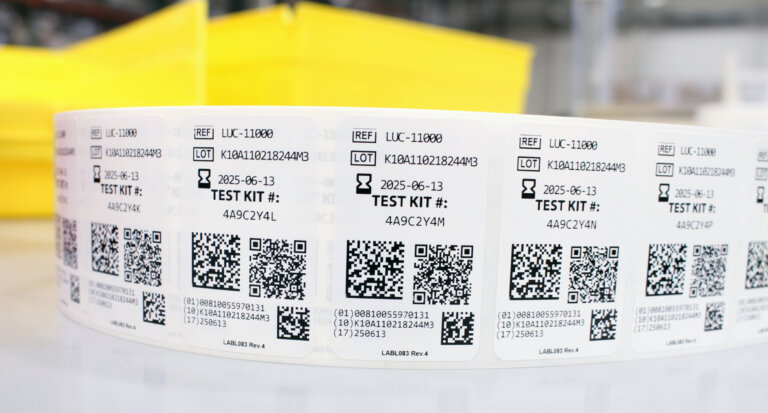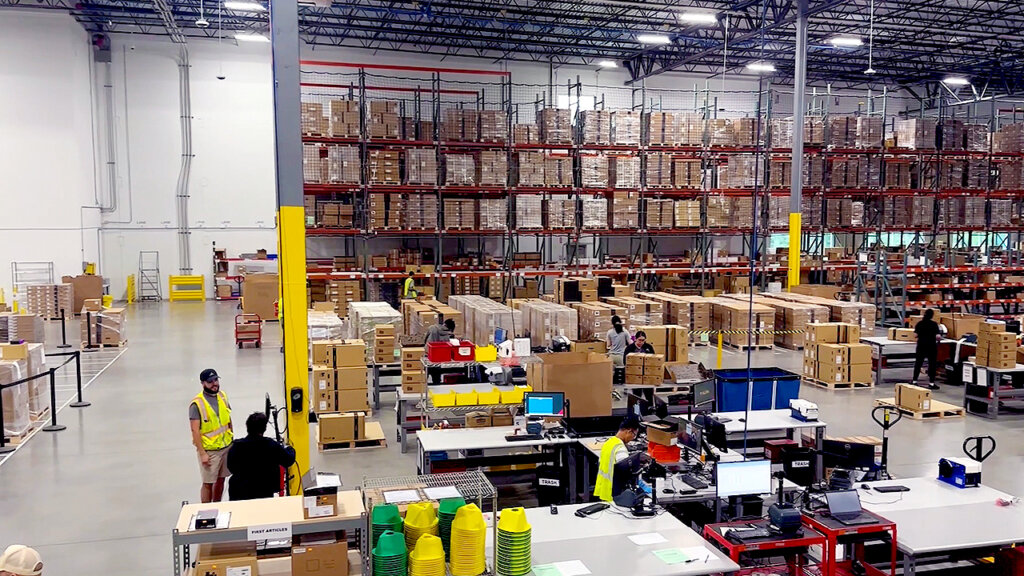More data is better, right? Perhaps not, and that’s an important consideration for supply chain pros as we are being overwhelmed with data that distracts our focus from results to activity.
It may be professional curiosity, but I just can’t help trying many of the new features being rolled out in supply chain. How about the new UPS feature where you can track the location of the actual truck that delivers a package to your door: A quick click, and you can follow the truck. I could see that my coveted delivery was just around the corner. But, wait, the truck did not turn. It went to another location, and several hours later the package was delivered. I chuckled as I realized that I had fallen victim to three data-driven fallacies afflicting supply chain pros these days.
Fallacy #1: More data is better. With the ability to capture more and more data – such as the location of the truck – we can get excited. I see it when ALOM suggests to give customers 3 or 4 pertinent key performance indicators. Frequently customers will ask for 10 or 20 KPIs. Of course our advanced systems can track and report on most any facet of supply chain operations but 10-20 goals are simply too overwhelming for most people. Too often data is collected just because we can. To figure out whether to bother, we have to ask several questions.
- How are we measuring success – what are the most important success criteria and desired outcomes?
- What we are going to change based on the KPIs? If it is “just data” are we cluttering up reports and even worse, our brains?
- How do we gain the most insights to allow us to manage for the future?
Fallacy #2: The data is not valid. Statisticians see non-valid data as data that is collected incorrectly or is biased. However, it is actually worse when data is likely to be misinterpreted. That’s the case with me looking at the truck being less than a block from my home. I inferred that the truck would stop at my home next, but it continued on a different route. Unless data has a predictable correlation with outcome, we are actually better off without it.
Fallacy #3: It is good to measure activity rather than outcome. I was really interested in when the delivery would be made – the outcome. In fact, UPS provided me with an estimate of the delivery time. But I got tricked into measuring activity. When we measure activity, we often fall into micromanaging, and our focus becomes fractionalized.
For years, the adage has been that “Data is King”. But it is time to dethrone data. Instead, we want actionable, correct, pertinent insights that allow us to reach the desired outcomes.
True leaders develop clarity of goals and purpose. Cluttering up the clarity with an overwhelming amount of data is not productive. Supply chain leaders are being challenged to maintain clarity and to resist the lure of data with more and larger spreadsheets.
Next month: More about dashboards, KPIs and the future.













